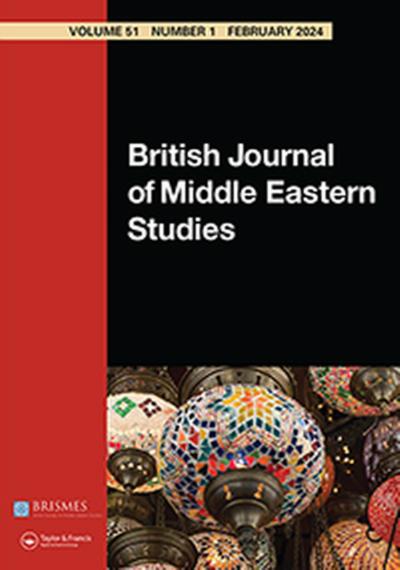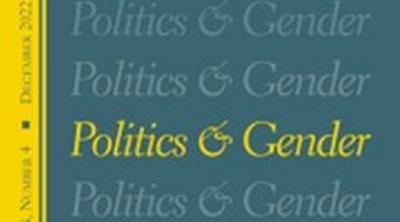Humanitarian challenges in Afghanistan: Administrative structures and gender and assistance
How to cite this publication:
Arne Strand, Karin Ask and Kristian Berg Harpviken (2001). Humanitarian challenges in Afghanistan: Administrative structures and gender and assistance. Bergen: Chr. Michelsen Institute (CMI Report R 2001:4)
The humanitarian situation in Afghanistan has rapidly deteriorated over the last months, as the conflict between the Taliban and the international community has intensified. UN sanctions and isolation has strengthened the influence of radical and anti-western elements within the movement. This tension needs to be reduced if pressing humanitarian problems are to be properly addressed. The drought has led to increased migration and internal displacement, now reaching 700,000, as neighbouring countries have closed their borders. The spring and summer is traditionally the "fighting season", expected to lead to further displacement. Two major issues influencing provision of humanitarian assistance are reviewed in this report: The Islamic Emirate of Afghanistan (Taliban) has gradually established an administrative structure in areas under their control, with an administrative capital in Kabul and a political and religious capital in Kandahar. It builds on the pre war structure, re-establishing the prominence of the middleman function at the village level. But, a controlling ministry had been added and shuras (councils) at village and district level have been granted influence. The latter could open up for the population and the humanitarian agencies to influence Taliban's policies and priorities. Gender issues is major "bone of contention" in the relationship between the Taliban and the international community, as gender reforms have historically been highly contested in Afghanistan. Despite a range of restrictions a number of NGOs have managed to establish innovative projects that enhance women's influence on the projects. Long-term refugee experience has changed the perception of relationships between the sexes, representing an untapped resource for more gender sensitive programming.




